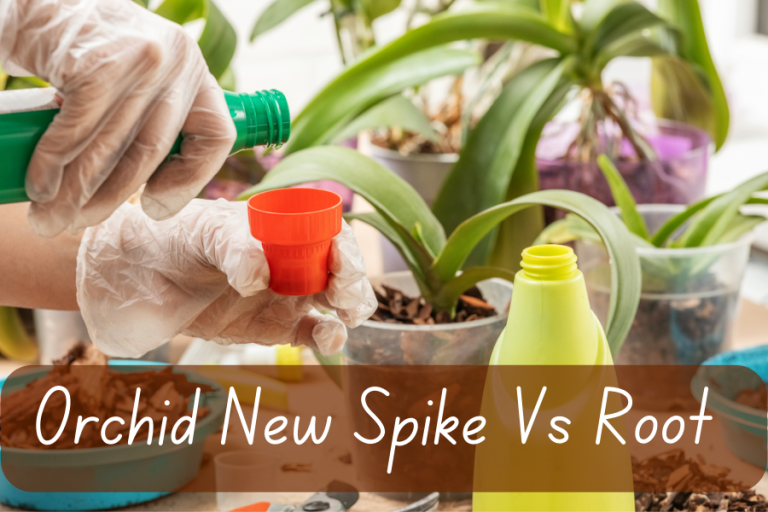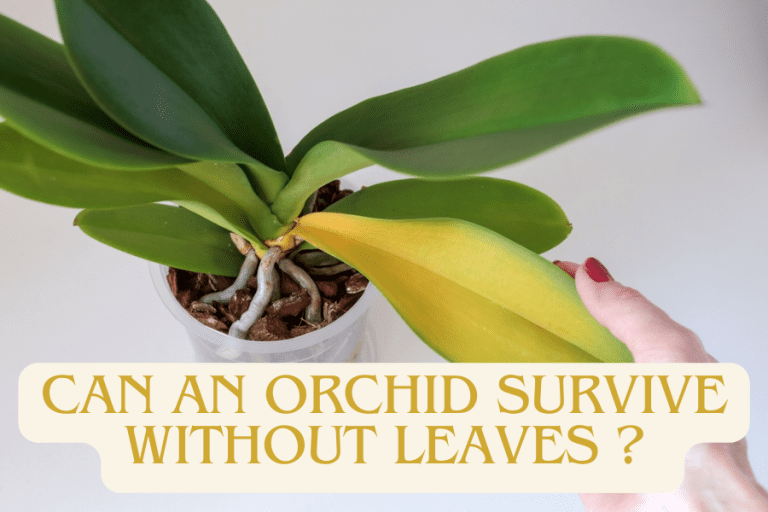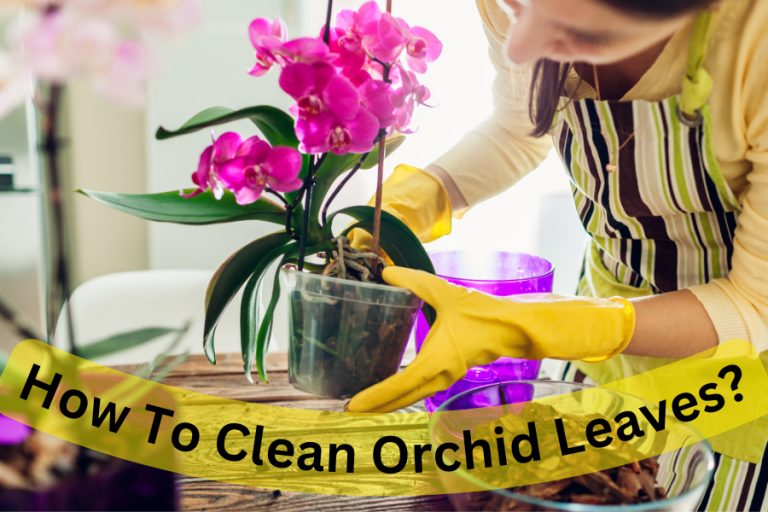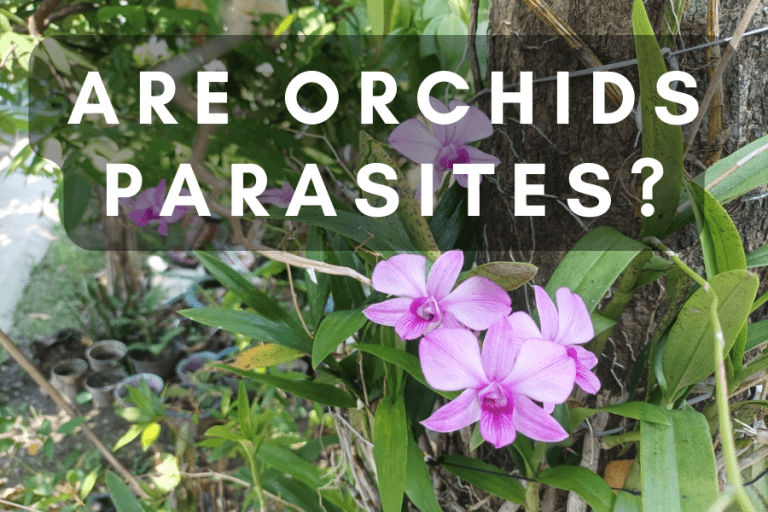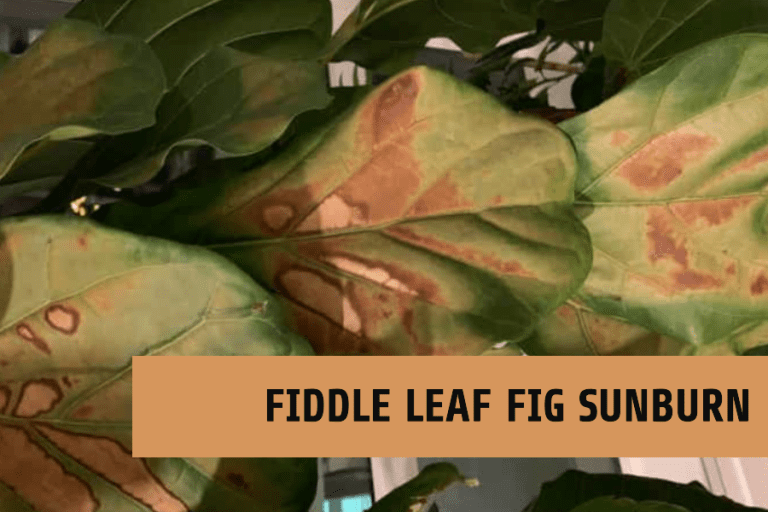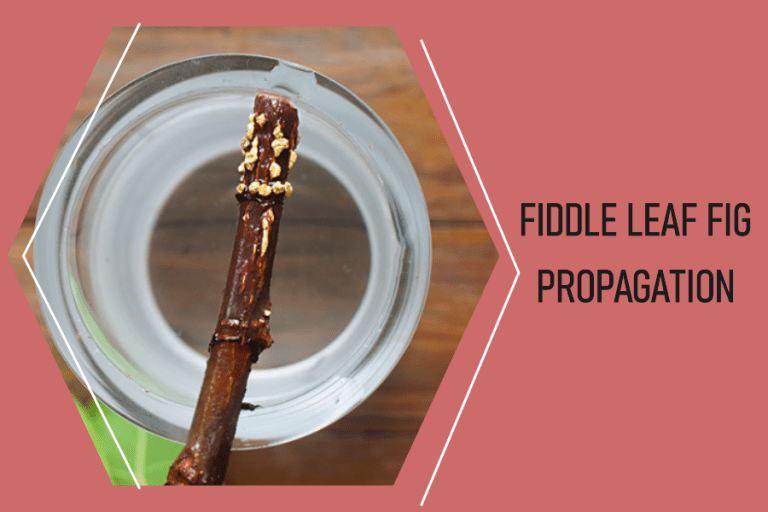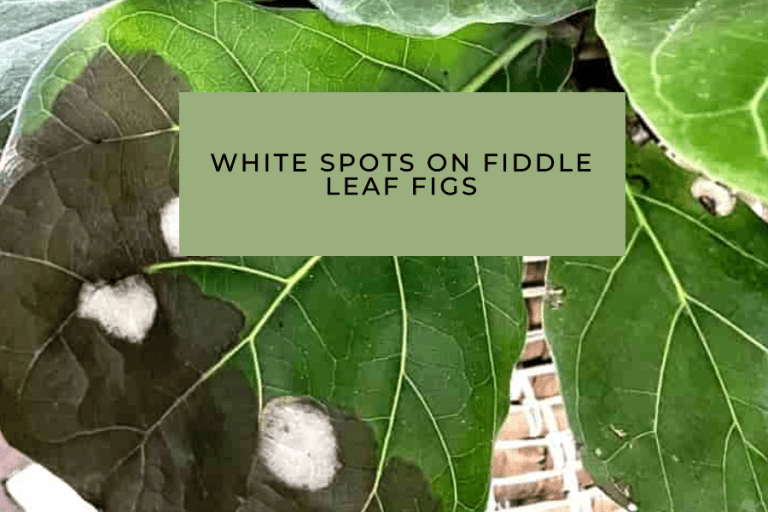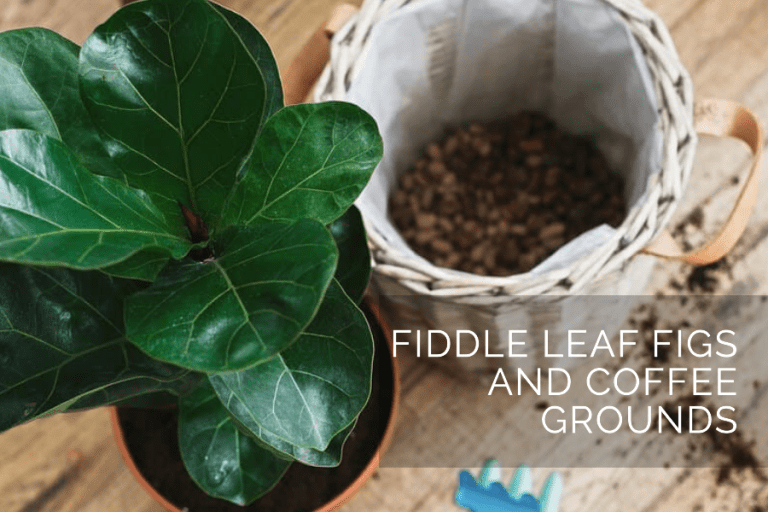Substitute For Orchid Bark – Explore Top Alternatives
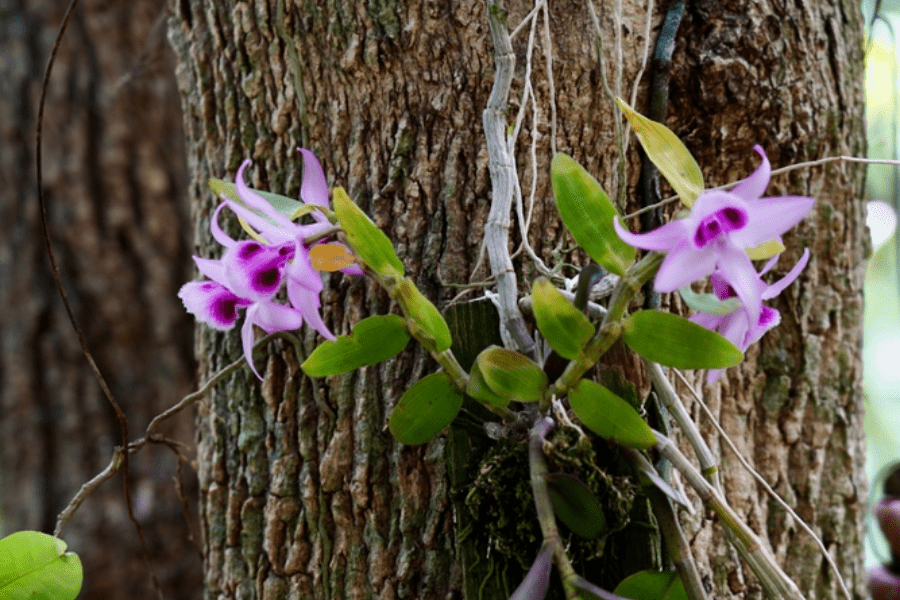
Introduction
Orchids are popularly known as ‘air plants’ and also live and survive on surfaces of other plants or even rocks. Finding the right substitute for orchid bark can be a real head-scratcher for plant lovers. Do you want to learn how to make your own homemade orchid potting mix?
In this article, we’re going to explore some cool and easy alternatives to orchid bark. We’ll cover how to use orchid bark to its fullest and which type to choose for your orchid. It’s a fun guide packed with tips, tricks, and maybe even a few secrets to make your orchids glow with joy.
How to Grow Orchids?
Orchids on Trees
Most tree-attached orchids will prefer tropical hardwoods with rough tree bark or a shady palm tree. You can plant directly on the the side of the tree, avoiding the direct afternoon sun.

Proper light conditions are essential for mounted orchids. Ideally, opt for hardwood tropicals with rough bark, like mango, oaks, avocado, or really any hardwood with rough-textured tree bark. Some orchid are shade-loving these tend to indicate moister and shadier conditions, while some are sun-loving orchid. If you have a particularly sun-loving species, you can opt for palm trees in direct sunlight or a branch with bright sun.
Orchids In Water
Growing orchids in water provides the plant with a cultural situation that allows just enough moisture during the soaking and then allows the aerial roots to dry to prevent pathogens. The container doesn’t need to be very deep but high curved sides can help support the plant and keep it from flopping over. Remember that some growers simply leave their orchid in the water all the time with weekly or biweekly water changes.
Hydroponic orchid growing is also called water culture and may prove to be the solution for an ailing orchid. The method is actually quite easy and fairly foolproof, only need container, water, sterile tools, and a little patience.
5 Substitute For Orchid Bark
Shredded tree barks
The best trees to get this mulch from are cedar, pine, and eucalyptus. Pine bark is one of the commonly used orchid growing substrates. Pine bark lasts a long time, has high moisture retention capacity and does not affect the surrounding environment. Besides, they also contain resin to prevent fungus, pests, moss and help disinfect.
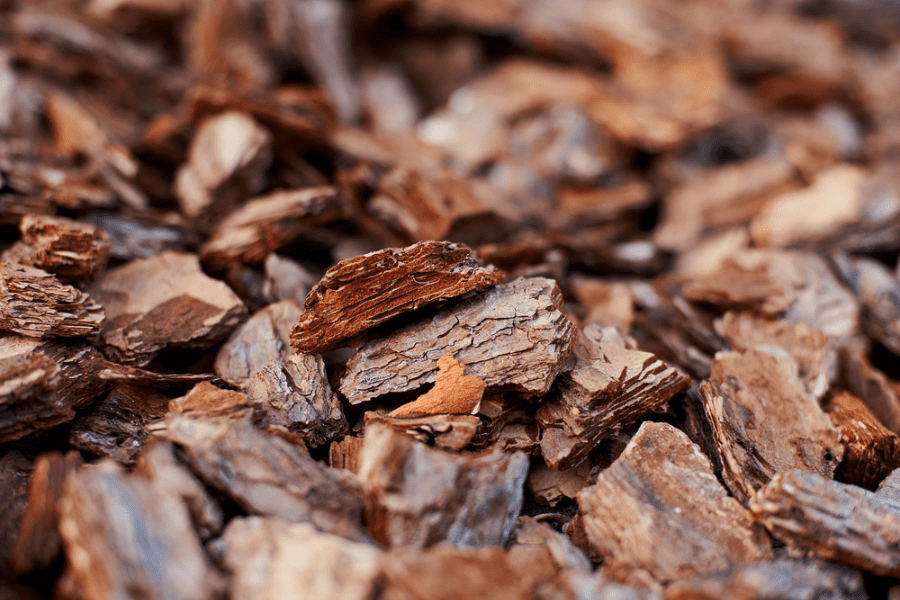
Pine bark has the ability to hold mineral salts. Therefore, you need to flush the water monthly to wash away the salt. At the same time, you should pay attention to the orchid basket. If you see the tips of the leaves become dry and yellow, it shows that the plant is suffering from a lot of salt. At this time, you need to wash and hang the substrate in the shade to save the plant from dying.
To save time, effort, and cost of processing raw pine bark, you should choose to buy imported pine bark that has been processed, has a variety of sizes, suitable for many uses.
Advantages and disadvantages of pine bark substrate
– The ability to retain moisture is very good and does not rot long.
– Ventilation is also quite high, helping plants stimulate the root system to grow faster.
– The price of pine bark is equivalent to other growing media. But, pine bark has a long shelf life, so in the long run, using pine bark will be more cost-effective.
– Contains many nutrients to help orchids grow naturally, while not affecting the surrounding environment.
– Contains Resin to help disinfect, prevent fungus, prevent moss and limit pests.
Clay pebbles
Terracotta potting medium is used by many orchid growers because of its high efficiency. Terracotta is breathable, has the ability to retain moisture and is highly durable, so orchids grow healthily and produce flowers throughout the year, suitable for growing Cymbidium orchids. If the terracotta is used, you need to soak it in boiling water for 10 minutes. Then, mix water with fungicide and soak for 10 minutes. Finally, you take it out and use it like a new terracotta tablet.
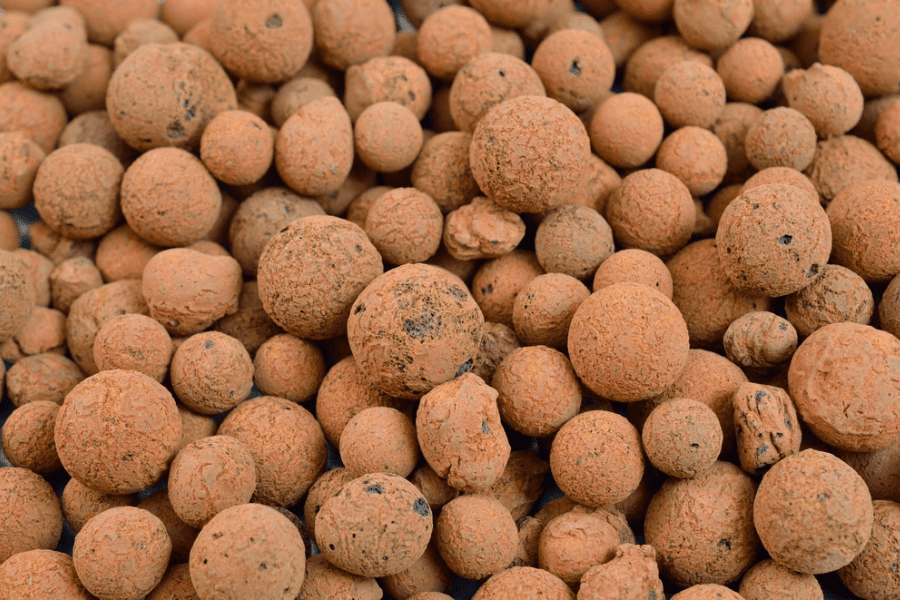
Growers are advised to either use them alone or mix with any other material since they also act as mulch that reduces moisture loss and restricts germination of unwanted plants.
Advantages and disadvantages of Clay pebbles
Extremely light, the surface of the soil pellet is smooth and very inert. With this feature, it is very aesthetic. Airy, fast draining but poor water conductivity. That’s why it is not used to grow orchids using the semi-hydroponic method.
Sphagnum Moss
The difference between sphagnum moss and peat moss is that they are two different parts of the same plant, but their impact when in use is different. White moss is a type of moss (scientific name is Sphagnum Moss) that often grows in wet swamps, cold places or high mountains. They are neutral so they are suitable for growing orchids. Furthermore, this substrate has a high water holding capacity, so it requires little effort for irrigation. White moss has a fibrous structure, is difficult to decompose, and rots over time, so it has little effect on the tree.
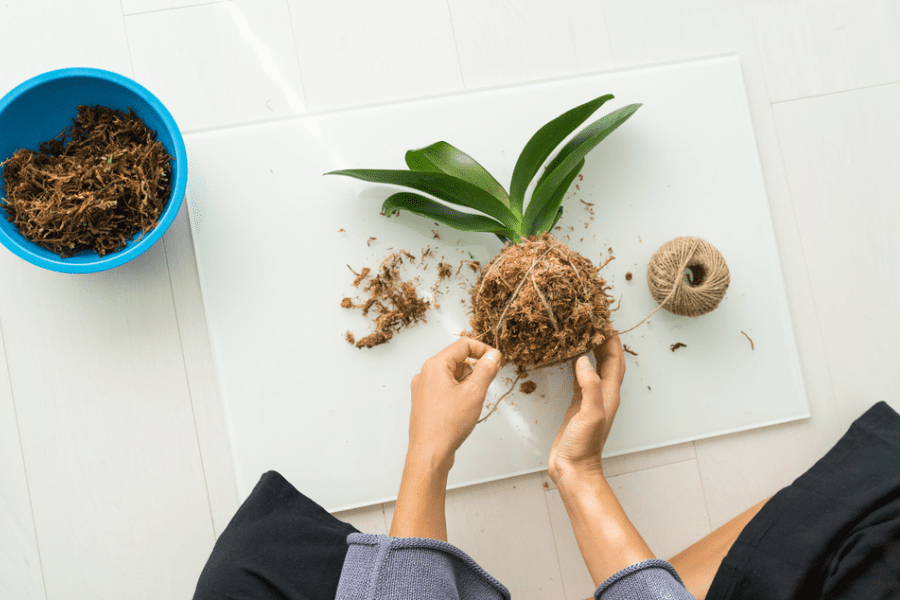
Because of its natural antibacterial ability (contains a polysaccharide preservative with antibacterial activity), it can help inhibit the growth of some pathogens, so it is very good for plant roots.
Advantages and disadvantages of Moss
– Moss is an orchid growing medium that has extremely good moisture retention and anti-fungal properties. Additionally, they are rich in nutrients that support the growth and development of orchids.
– Moss has a fairly long lifespan, lasting about 3-4 years.
Coconut fiber
Coconut fiber is a commonly used growing medium for orchids. They retain moisture well, are light in weight and provide many nutrients to help plants grow healthily. At the same time, coconut fiber reduces heat and drains water due to high temperatures, stimulates root growth, and helps plants absorb nutrients effectively.
Before using, you must treat the coconut fiber substrate to remove fungi and pests that harm plants. You should buy a coconut, cut it open, tear the fiber and dry it. After the substrate dries, tear it into small pieces, crush it, and soak it in salt water 2 to 3 times a day (soak the coconut fiber for 5 days, changing 10 to 12 times of salt water or clear lime).
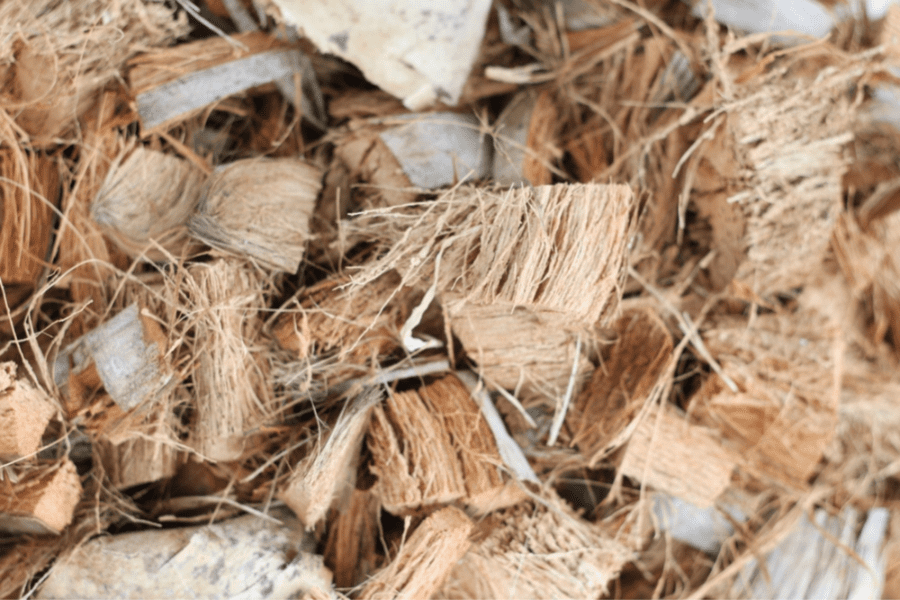
Advantages and disadvantages of coconut fiber substrate:
– Advantages: Coconut fiber is suitable for most types of orchids. Durability is quite high, about 2 – 3 years. In addition, they also have good moisturizing ability and contain many nutrients.
– Disadvantages: Causes squash, easily grows moss, the top part dries quickly and is quite light, so in case of wind and rain it often causes the tree to fall.
Charcoal
Charcoal is the medium that can grow the most types of orchids today. Besides the outstanding advantages of Charcoal such as: Good moisturizing, effective antibacterial. Charcoal has the disadvantage of retaining salt (salt ions from controlled fertilizers). On average, coal lasts 5-10 years. Pounding charcoal will keep it moist better than leaving it in a large lump. However, poor moisture retention and high salt retention quickly damage the leaves of the orchid, and charcoal-grown orchids grow slowly and weakly.
Handling charcoal is very simple, you just need to soak it in water until the charcoal sinks and you can use it. After processing, it is necessary to drain the charcoal substrate and then use it to grow orchids normally.
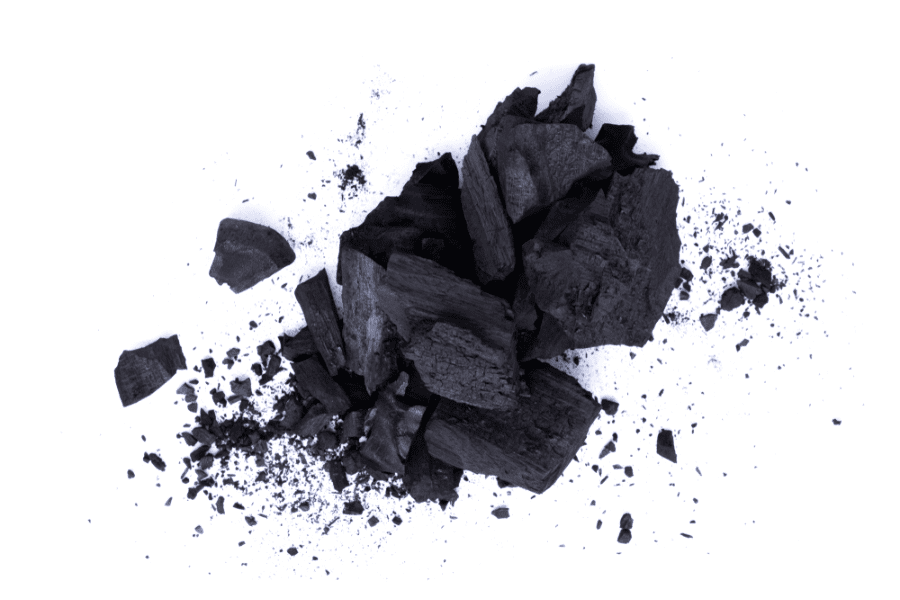
Advantages and disadvantages of orchid growing medium made from charcoal:
– This type of charcoal substrate is quite durable, can be used for up to 5-10 years. Besides, charcoal has effective antibacterial properties. Limits insect damage because they do not like to live in coal.
– Charcoal retains moisture poorly and holds a lot of salt, thus quickly damaging the leaves of the orchid. Orchids grown with charcoal grow slowly and weakly because they do not contain many nutrients.
Can I Make My Own Orchid Bark?
Here are some of the best DIY Orchid Potting Mix Recipes for you to try!
Bark Potting Mix ( Tree Bark – Peat moss)
First, take one part grounded tree bark. Choose the type of bark that you will use. Remember that we’re using bark because it will provide your plant with good airflow. Then add one-fifth part of perlite or peat moss and mix it with tree bark thoroughly. Make sure to soak it overnight before adding it to the orchid potting mix.
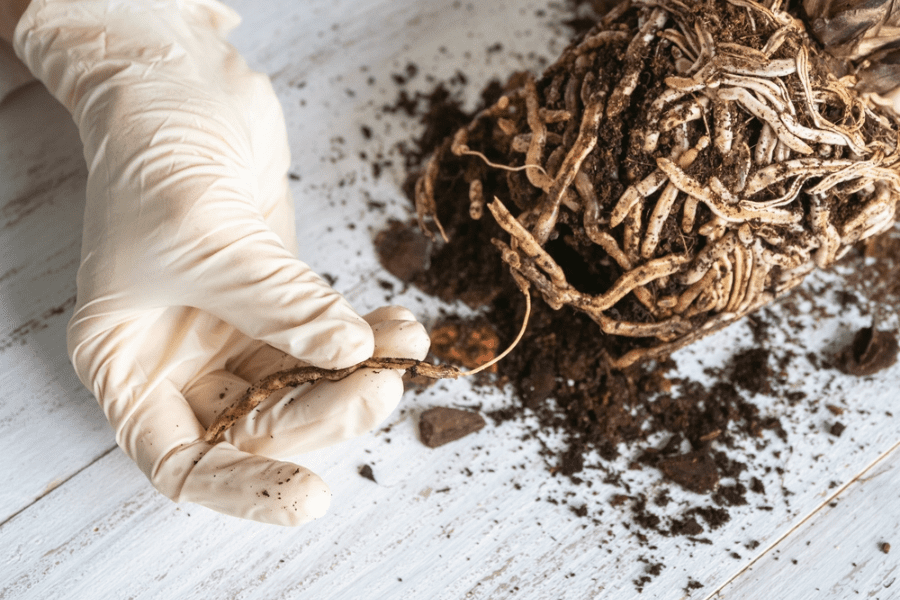
Fine Potting Mix ( Fir Bark- Fine Charcoal- Perlite)
This combo is good for Moth orchids, cattleyas, and most mature orchids. Using a measuring jar, take four parts of fine fir bark in a container. Secondly, add one-part fine charcoal and one part perlite to the container. Mix until you obtain an orchid potting mix of uniform consistency.
Expert Opinion About Orchid Bark
Types of materials that can be used as substrates: moss, fiber, pine bark, sawdust, coconut fiber, crushed coal, bricks, crushed stone, rotten leaves… Up to now, moss is still the best type for growing plants. Cymbidium is highly moisturizing, airy, rich in nutrients (especially K and N), and slow to decompose. But now the reserves of moss are becoming less and less, the price is quite expensive and the exploitation of moss causes a lot of damage to old forests. To cultivate Cymbidium on a large scale, growing plants will not be enough.
Pine bark and saw dust are a type of substrate that can meet technical and economic requirements but are poor in nutrients. Fresh pine bark and sawdust cannot be used because the oil content is still high, which can damage the roots. Before use, it must be incubated until rotten. When composting, mix 1 m3 of ground pine bark with 10 kg of apatite, 10 kg of lime, 1 kg of other inorganic fertilizers (KCl, K2SO4) for an incubation period of over 6 months. While composting, it needs to be watered regularly. You can use pure pine bark or mixed with other types such as moss, crushed coal, and crushed bricks to make a substrate.
Conclusion
In your journey through the world of orchid care, we have discuss various substitute for orchid bark and each with its unique benefits and challenges. Whether it’s crafting your own orchid potting mix or experimenting with different substrates, you have the tools and insights to nurture your orchids in ways that resonate with their natural habitats.

